Why Your Shocking Clickbait Headlines Don’t Work!
October 20, 2020The Shocking Truth Behind … 10 things you need to know about … We’ve all seen (or written) these clickbait headlines before. It seems like the common theme in articles on how to write headlines, is that they ask you to add shock value. The presumed result is that the reader is more likely to click on the link and read the content. The real question is how effective these headlines are. Even though clickbait headlines seem obnoxious, there must be a reason why this strategy is used over and over again. The problem, however, isn’t with the strategy but rather with how it’s implemented. This is why shocking headlines work so well for websites like Upworthy and Buzzfeed and not for others.
“A little bit of scarcity in a market of infinite supply can create unstoppable demand.”
The Problem with Clickbait Headlines
Most of us get hit with a firehose of content every day. This makes the uniqueness of your headlines important regardless of whether or not the content is unique. There is an infinite supply of content online, and any level of uniqueness in your post title and content gives you a competitive advantage. This is why a shocking headline tends to have an added click-ability that other headlines do not. However, with a finite amount of eyeballs, sensationalism has quickly turned into a race to the bottom.
The problem with clickbait headlines lies in disappointing content following an interesting headline. The shocking headlines are effective only when they deliver on the shock factor that they provided in the content that people read. An entire twitter account has been created to save readers the disappointment of exciting headlines, called: @savedyouaclick. The sole purpose of this account is to answer the petty questions in the clickbait headlines some websites provide in a word or two. To be honest, if your headline or content can be summed up in a word or two then you are better off revising your content altogether. Give the reader content to read beyond the simple answer to a bait in the headline.
Why Do Buzzfeed and Upworthy Clickbait Work?
So how can Upworthy and Buzzfeed get away with writing clickbait headlines? “Most clickbait is disappointing because it’s a promise of value that isn’t met — the payoff isn’t nearly as good as what the reader imagines,” Vox acting manager Patel writes. “BuzzFeed headlines pay off particularly well because they actually make fairly small promises and then overdeliver. It’s validating, which is maybe the most valuable payoff of them all.”
We continue to click on article after article by Buzzfeed because we know from our previous experience that the article’s title will usually deliver on its promise in the headline. This creates a cycle of readers who keep coming back for better content. However, other blogs or articles that use clickbait headlines do not necessarily deliver on their promise. Readers might click once or twice, but they certainly won’t keep coming back to read more.
The results are even more disastrous when news outlets start dipping their toes in these shocking and clickbaity headlines. CNN got a lot of backlash for attempting a shocking headline that does not directly relate to the facts of the case they were presenting.
The Solution: How to Write Better Clickbait Headlines
If you must write a clickbait headline, because we all want our content to be read, there is an easy formula for creating shocking headlines.
1. Write a headline that intrigues the reader but make sure that the content is up to par with the promise you make in the headline.
2. Play a game with your clickbait headline. That’s right, ask a question in your headline that drives the reader to guess an answer, then verify that answer in your content. BUT, provide the reader with more content and substance beyond the quiz game style question. This way, whether the reader guessed correctly or incorrectly they still continue to read and find your content interesting. They may even share it with others prompting them too to guess and continue to read your content.






